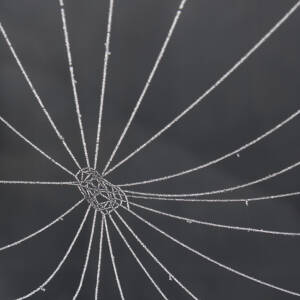Colonised
Ruskin College was established in 1899 to provide educational opportunities for working-class men, who were denied access to university. Although this building, opened in 1912, is in the heart of Oxford, Ruskin is not part of the University. The college was set up in Oxford because the city symbolised the educational privilege from which ordinary people were excluded and the idea was that ‘working-class reformers’ could access affordable education. For many years it educated Trades Union activists who had had to leave school in their very early teens. John Prescott got his degree here.
The ethos is of social justice, the empowerment of individuals and communities and activism. Entry to courses is by interview not qualification. If the tutors think someone can cope with a course, they are offered a place, regardless of what has happened previously in their education. They accept refugees, school refusers and older people who never had the chance to learn. They encourage and build the confidence of people who consider themselves failures. There is a tradition of sharing the space with fellow travellers: the first women’s liberation conference was held here in 1970 (with Stuart Hall working in the crèche), ‘Reclaim the Night’ marches have started and ended here, countless radical books have been launched here.
Maintaining an old building in the centre of Oxford is expensive and six years ago the college sold the building, by then very tatty, to Exeter College, part of the University of Oxford, and moved to new premises away from the centre. Over four years I watched the renovations with sadness and resentment, and wondered how it was that the left had allowed such a very potent symbol of speaking truth to power be taken over by the establishment.
It turns out that I know someone who manages this refurbished building and she invited me for lunch and to look round today. I discovered that only the façade is left: the whole history has been gutted. Where I sat for arguments, lectures, presentations, drama, workshops and discussions in the Raphael Samuel room (named after the Marxist historian who taught here for 30 years) there is now a carpeted room with a hardwood table and tasteful chairs. In the new conference room at the back, roughly where Ruskin’s library used to be, an international conference of CEOs was going on.
I couldn’t take photos inside; these wooden arches leading into a series of concrete arches with reflections from the street opposite are taken through the glass entry doors under the old Ruskin crest.
It is beautiful. I want the cracked lino back.

Comments
Sign in or get an account to comment.


